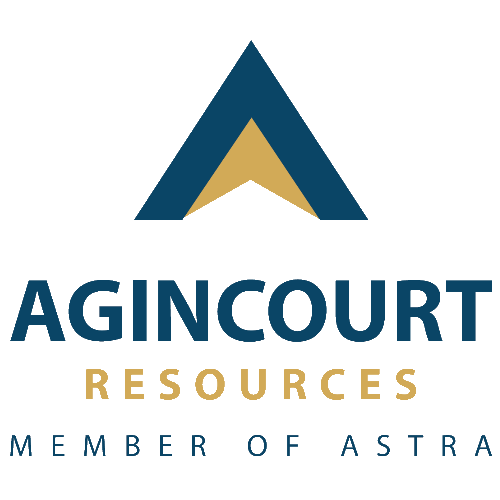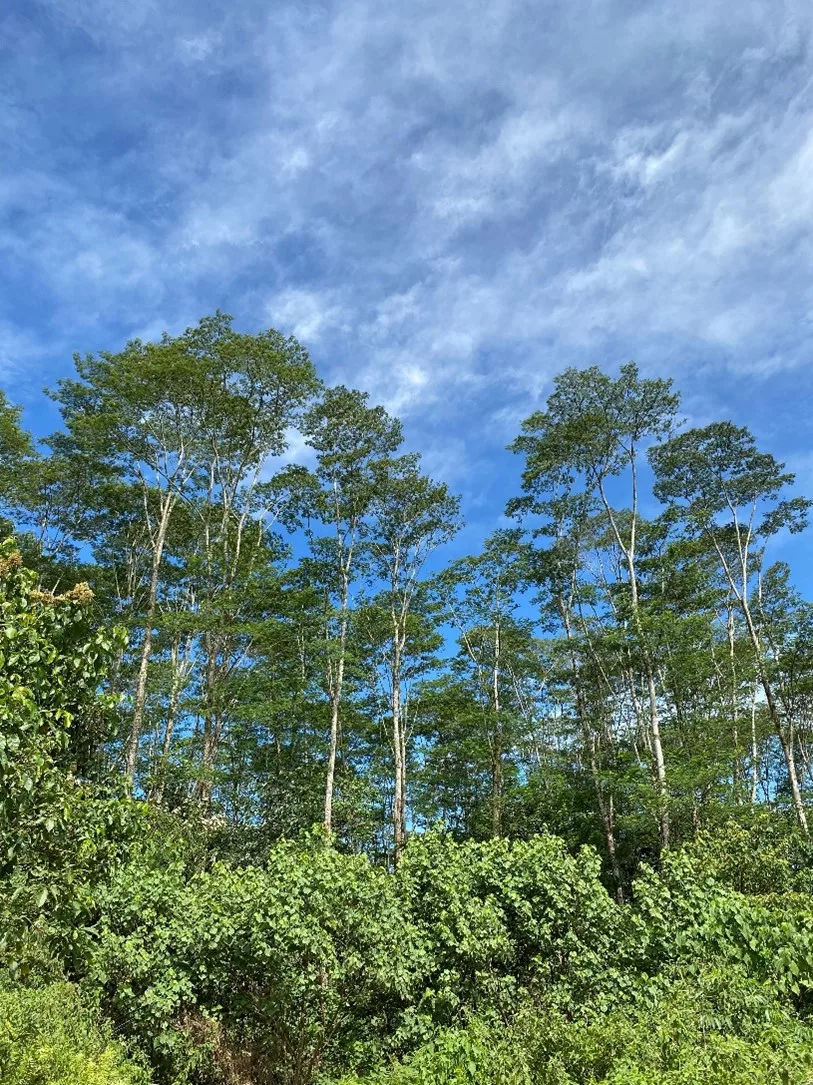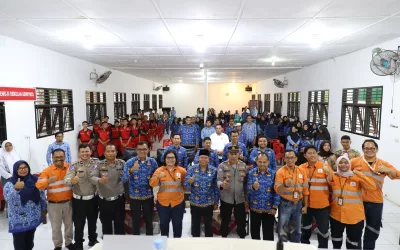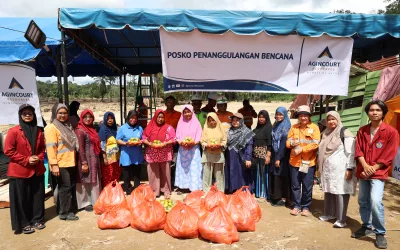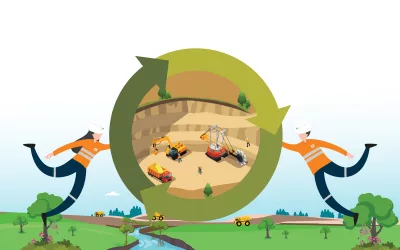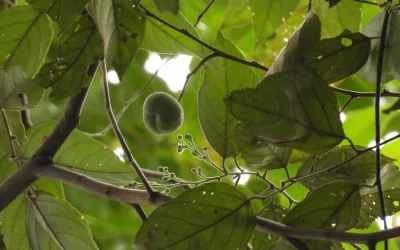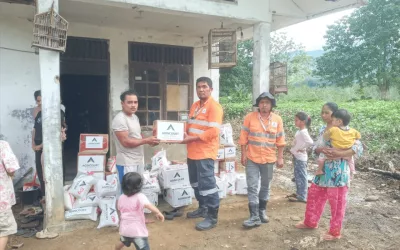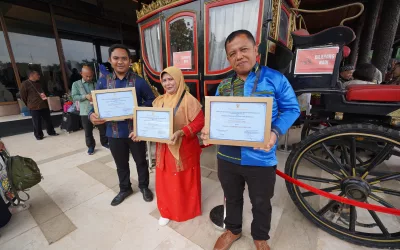Henny Dump is one of the reclamation areas managed by Agincourt Resources, located within the operational zone of the Martabe Gold Mine. Rehabilitative efforts on this site began in 2013. Spanning 3.93 hectares, the area was initially designed as a pilot project for post-mining land reclamation and revegetation.
Previously, Henny Dump served as a disposal site for mining waste materials. Once it ceased to be used for operational activities, the area became a priority for reclamation to restore it to an environmentally friendly and productive state.
Read Also : Mine Reclamation: Planting Hope, Preserving the Future
The reclamation process at Henny Dump adopts a revegetation approach, replanting disturbed areas with selected vegetation. The planting pattern follows a 3 x 3 meter spacing system, tailored to the soil characteristics and land contours, while also taking into account the climatic conditions of the region. The plant species chosen to re-green Henny Dump fall into two main categories:
Pioneer and Fast-Growing Species
These include Waru, Trembesi, White Teak, and Sengon. These plants are cultivated to provide natural shade and accelerate vegetation cover development, while also offering protection to slower-growing species. Furthermore, pioneer species are capable of producing natural seedlings, reinforcing long-term reclamation success.
Local Forestry Species
These include Hapinis, Tambiski, Laban, and Simarbaliding. Although they grow more slowly, these species are resilient and long-lived. Their presence enhances biodiversity and contributes to the development of a more stable and sustainable secondary forest ecosystem.
The selection of species is carried out meticulously, taking into consideration their resistance to nutrient-poor soils, acidity levels, and the potential presence of heavy metals in the soil.
The success of the Henny Dump reclamation is not only visible through the once-barren land now flourishing with greenery but is also supported by scientific research.
Two species in particular, White Teak (Gmelina arborea) and Sengon (Falcataria moluccana), have demonstrated high Importance Value Index (IVI) scores, reaching up to 150 percent. This indicates their high adaptability and dominance in aiding environmental restoration in the Henny Dump area. Both species are capable of thriving in acidic, heavy-metal-contaminated soils, particularly those containing iron (Fe).
Read Also : Turning Waste into Energy, Agincourt Resources Utilizes Used Oil for Blasting Operations
In fact, monitoring data from 2019 to 2022 show that iron concentrations in the area dropped by as much as 82 percent. This means that beyond restoring visual and ecological conditions, the vegetation in Henny Dump also plays an active role in phytoremediation, an ecological process in which plants naturally filter and absorb hazardous substances from the soil.
As of 2025, Agincourt Resources has successfully reclaimed 43.36 hectares of land across various operational and exploration zones. This achievement stands as tangible proof of the Company’s commitment to sustainable mining practices, which focus not only on resource extraction but also on restoring the natural landscape that follows.
